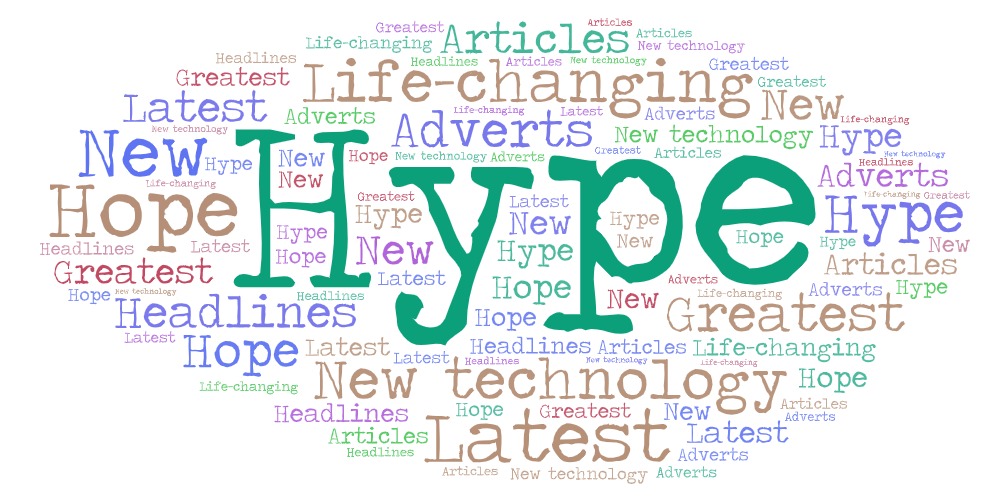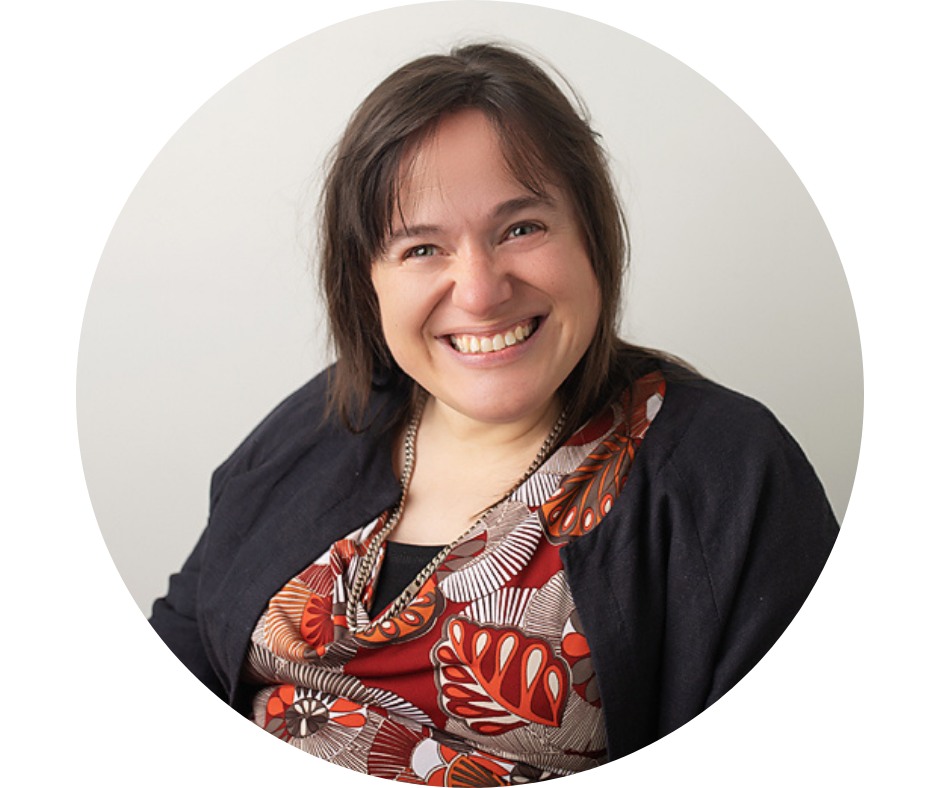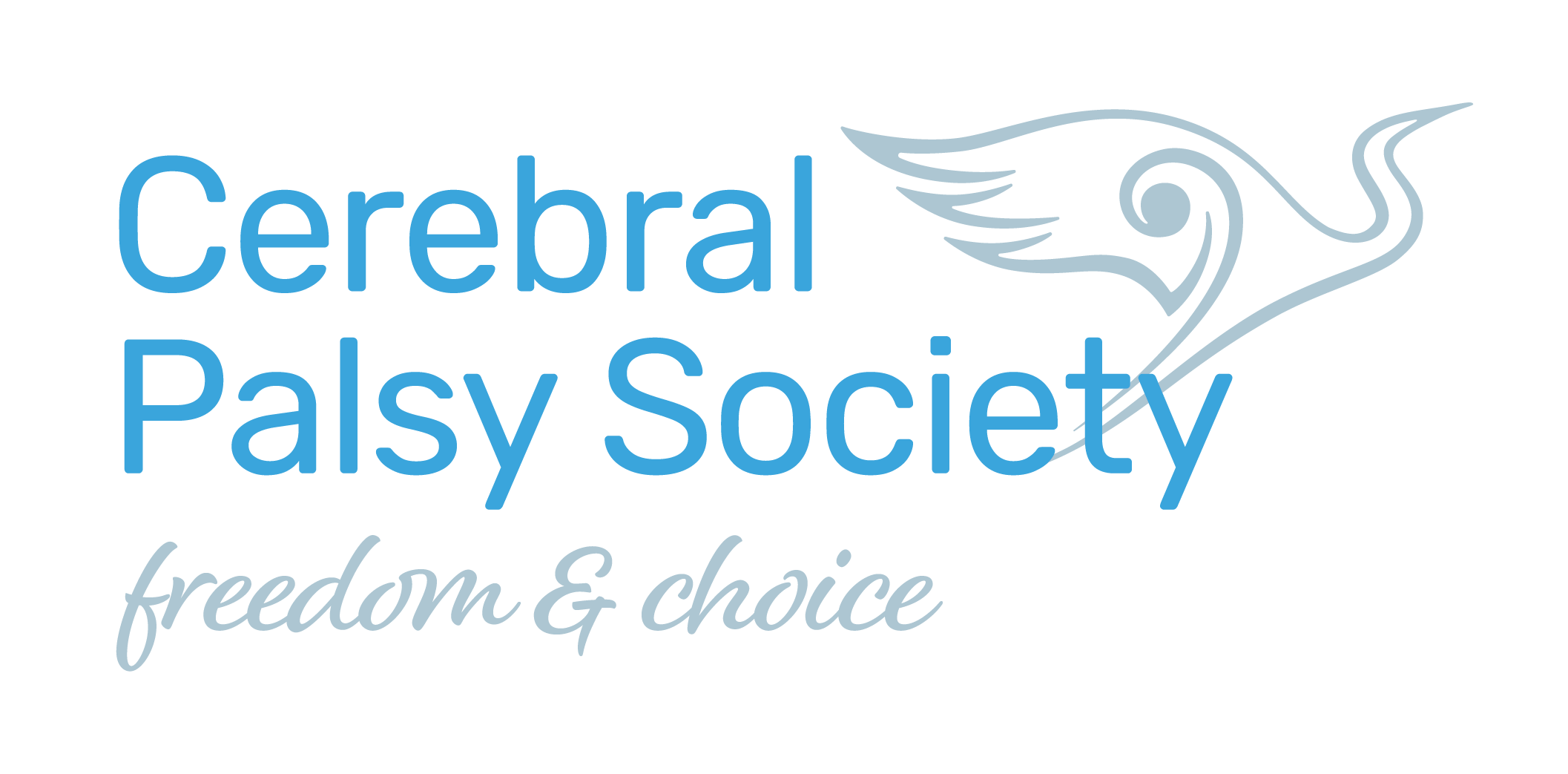Research
Understanding latest advancements: hype, hope, and practicalities
10 Sep 2024
You know your circumstances and practicalities best, but how do you navigate the headlines and social media hype when it comes to new technologies and life-changing treatments?

By Amy Hogan
Let’s be honest, amongst all the headlines bombarding us on a daily basis, there’s a lot of information to wade through and make sense of.
There are articles, adverts and social media videos for everything from new technologies that will make life easier, to new treatments that claim to be “life-changing”.
Managing different elements of CP, particularly pain, communication strategies and aids tailored across the CP spectrum continue to evolve. Technological innovations such as apps, communication tools, and patient portal logs are proving a shift in thinking.
But with all this hype and hope, it can be hard to find what works for you and your whānau.
Cerebral Palsy Society members, whether they are facing a new diagnosis, navigating school years or figuring out adulthood, often come to us and ask:
- How do I make sense of all the information?
- How do I balance the need for Cerebral Palsy intervention with other aspects of everyday life?
 The experience of individuals living with CP.
The experience of individuals living with CP.
No article, guide, or person can tell you what to do. But at the same time, weighing up all the possibilities can feel overwhelming, particularly when you introduce social media videos, claims about which methods work, and specific goals for levels of Cerebral Palsy.
There is a combination of headlines, hope, hype and potential opportunities for individuals and families to explore. There is always another claim or offer around the corner so selecting the right one can be difficult.
Navigating the best options for your circumstances, or those of your whānau, can be challenging. There are various resources available to help, including formal networks such as organised coffee groups and Parent to Parent, as well as informal networks like Cerebral Palsy Facebook groups.
Additionally, individual and family-centered resources like Healthify (www.healthify.nz) can offer valuable support and information.
Things to consider
When reading through information, testimonials or advertising look for interventions, or different schools of thought, that resonate with you or your whānau.
- How do individuals or organisations talk about Cerebral Palsy? E.g. do they have a comprehensive understanding of the condition itself or are they talking about general neurological disorders? Do they talk about the ‘tragedy of disability’?
- Are they talking about everyday outcomes specific for you or your child rather than general statements about walking?
- How clearly do they explain the resources or investments required? E.g. is there a single cost for a single intervention? Or does it require follow up? Is the parent/caregiver/support
worker expected to play a large role in the follow up? - What follow up or maintenance is required at home? Does this work require the purchase of additional equipment or specific dedicated time?
- How easy is it to access support around this intervention? E.g. follow up questions, experience of people at different stages, fitting into existing or changing circumstances.
- When organisations or groups are posting testimonials, are there any that follow up a year, two years, or five years later?
- Is there easy or practical follow up in your region?
- Has the individual or organisation talked about the stamina or cognitive load that this particular intervention may require when building it into everyday life?
- Can you easily build this intervention into the everyday routine for you or your family?
There are stages of grief that come with a new or changing diagnosis, or when a person is in a different life stage. Wanting to feel like you are doing, or have done, everything possible to change the situation is the most human instinct for whānau and individuals experiencing their own connection to disability and disablement.
It can be a tough road to navigate.
Therefore, people offering specialist insights can be increasingly appealing, especially when it comes to making a measurable difference on a particular aspect of disability that’s really bothering a
person at that moment.

The experience of family and whanau as represented by our members.
It pays to remember that there are times when Cerebral Palsy can be extremely important and all-consuming, and times when it recedes into the background. During the course of a life, the experience of Cerebral Palsy will look and feel different – for everyone.
If you would like to read more, feel free to contact me at amy@cpsociety.org.nz.

* Amy Hogan is the Cerebral Palsy Society’s Researcher and Member Support Advisor.
This article was originally published in the September 2024 edition of The Review magazine.
For more information:
Melanie Louden
Communications Manager
melanie@cpsociety.org.nz
Mobile: 022 087 819

